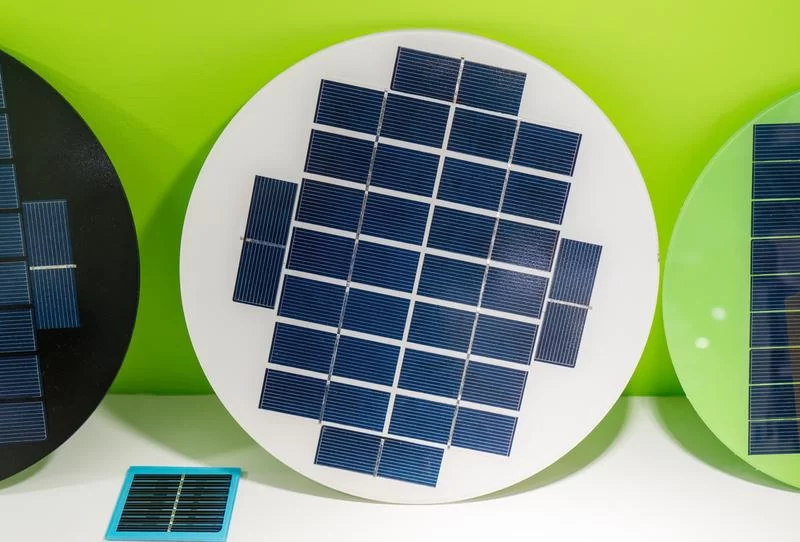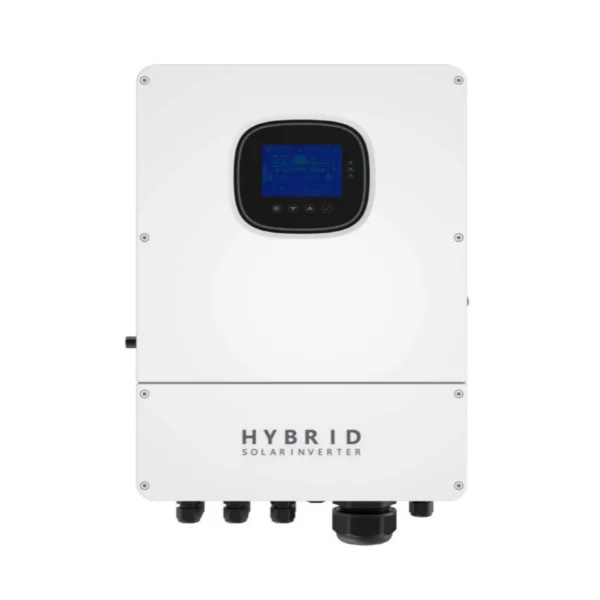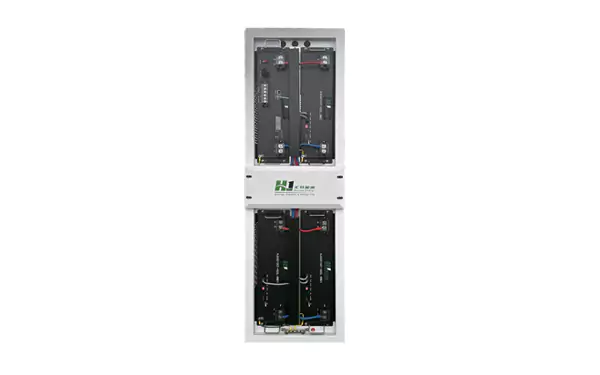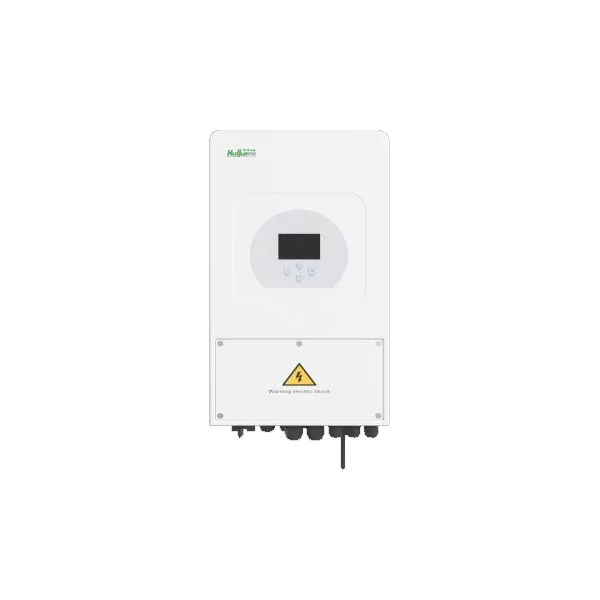Get A Quote Now!
How HJT Battery Technology is Shaping the Future of Solar Energy Storage
The HJT battery technology—or heterojunction technology—is quickly becoming a game changer in the field of solar energy storage. Known for its high efficiency, reliability, and cost-saving potential, HJT is making strides in improving how solar energy is stored and utilized. But what exactly makes this technology so revolutionary? And how is it transforming the future of energy storage?

What is HJT Battery Technology?
HJT technology combines two types of solar cell technologies—crystalline silicon and thin-film silicon—in a layered approach. This results in enhanced energy conversion efficiency, improved temperature performance, and a longer battery lifespan. Its hybrid nature maximizes the strengths of both technologies, offering high conversion rates with minimal energy losses.
For those unfamiliar with the technicalities, HJT solar cells are built using thin layers of amorphous silicon, placed between layers of crystalline silicon. The fusion of these layers leads to excellent light absorption and energy conversion, which makes them perfect for solar energy applications where high efficiency is crucial. These batteries are thus ideal for next-generation solar energy storage.
Key Benefits of HJT in Solar Storage
Higher Energy Conversion Efficiency: HJT technology offers conversion rates of over 25%, which means more of the sun’s energy is converted into usable power. This is a significant improvement compared to traditional solar cells and ensures better overall system performance.
Temperature Resilience: One major challenge with solar storage is the impact of high temperatures on efficiency. HJT batteries can perform well in extreme temperatures, maintaining efficiency even in hot environments, making them ideal for countries with high solar radiation.
Longer Lifespan: The structure of HJT technology reduces degradation, allowing the battery storage system to last longer than other technologies. In fact, the solar panels paired with HJT often maintain around 90% of their initial performance even after 25 years.
Cost Savings Over Time: Although initial investments in HJT systems may be higher, their efficiency, durability, and reduced maintenance costs offer significant long-term cost savings. In large-scale commercial applications, this makes a significant difference.
Case Study: HJT in Action
A good example of HJT’s potential can be seen in Japan, where Panasonic has integrated HJT cells into some of their solar installations. These systems have shown impressive results, achieving energy yields that outperform traditional solar installations, particularly in high-temperature conditions.
Another successful implementation is found in the solar farms across Europe, where HJT panels have been installed to tackle the region’s variable climate. Thanks to their temperature resilience, these installations continue to provide reliable energy storage, contributing significantly to local grids.
How is HJT Battery Technology Shaping the Future of Solar Energy?
As the global push for renewable energy accelerates, the role of energy storage has become even more critical. HJT battery technology offers a glimpse into the future of highly efficient solar storage solutions. Its ability to pair with other renewable energy systems such as wind power and hybrid energy systems makes it a versatile player in the energy market.
But, let’s not forget: is this really the future of energy storage? Will HJT technology replace current systems entirely, or will it coexist with other innovations like solid-state batteries? These are essential questions, especially as we look toward achieving global energy goals.
Industry Trends and Future Outlook
The integration of HJT technology into energy storage is just the beginning. Coupled with advances in battery management systems (BMS), modular storage solutions, and AI-driven monitoring, HJT is poised to lead the next wave of energy innovation. As companies continue to refine this technology, we can expect even more energy efficiency and reliability in the coming years.
In fact, the market for solar energy storage using HJT is predicted to grow significantly in regions like Asia and Europe, where clean energy policies are pushing industries to adopt high-efficiency systems. The future is bright, and HJT solar battery systems will undoubtedly play a major role in it.






